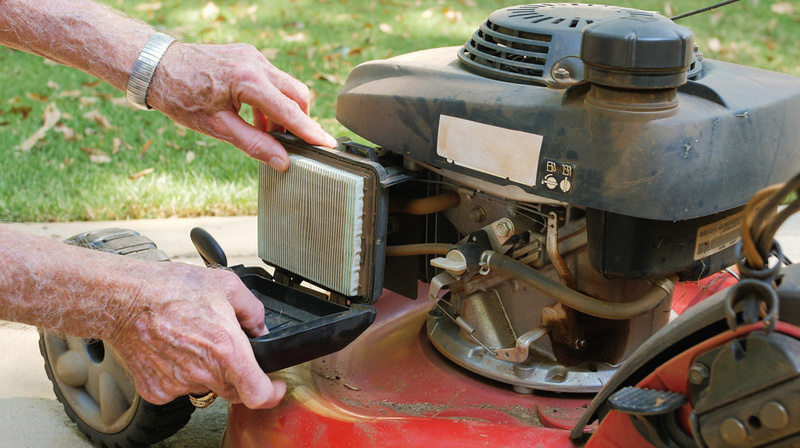
Spring Has Sprung: Landscaping Tasks for the Season
Ladies and gentlemen, pull out your wide-brimmed hats, sunscreen, and lemonade because the time for spring landscaping is now! Whether or not outside projects are your thing, you’re in the right place because we’ve covered the most important spring landscaping tasks.
No more talking about spring being right around the corner—it has officially begun! Winter is a slow season for lawn care but expect your responsibilities to ramp up if you want to keep up with the blooms, blossoms, and explosions of greenery. We’ve compiled a short spring landscaping to-do list to keep it simple and get you started.
Equipment Maintenance
First up is the exciting job of ensuring all your lawn care equipment is in tip-top shape for the season. Okay, maybe this isn’t the most invigorating task, but it’s an important one for at least two reasons: sharp blades and motors that don’t leak oil are better for your plants, and few things are more infuriating than running out of string trimmer line halfway down your driveway.
Just like cars, mowers need regular maintenance on components like air filters, oil, and spark plugs. If you don’t have a maintenance schedule, consider establishing one this year to take the guesswork out of what needs to be done when. If nothing else, sharpen the blades. Dull blades give a rough cut, which increases your lawn’s vulnerability to disease, makes it less tolerant of drought, and leaves it looking ragged.
Complete appropriate checks and lubrication on other equipment, such as string trimmers and hedge trimmers. Safely store extra oil, pre-mixed fuel, lubricant, string trimmer line, safety goggles, and other necessities.
Lawn Care
Despite our mild winters, lawns can still be neglected between fall and spring. Start by taking a stroll around your property to pick up sticks, trash, and other accumulated debris.
Assess turf for diseases that may have taken hold when you weren’t out every week to watch the lawn. Common diseases include brown patch, dollar spot, rust fungus, fairy ring, and grey leaf spot. A quick online search will provide images and tell-tale signs to look out for.
Before applying any fertilizer, conduct a soil test. This will tell you what your soil contains and what your plants will need to thrive. It also helps prevent over-fertilization, which, among other things, can increase a plant’s vulnerability to disease or cause plants to outgrow their root system.
Irrigation Plan
Calibrate your sprinkler system to fine-tune the location and amount of water delivered. Run the system and make sure irrigation heads are positioned to water grass, not driveways, porches, or basketball hoops. Aside from wasting your water resource, non-permeable surfaces can become stained or discolored over time by minerals in the water.
To calibrate the amount delivered, spread a handful of tuna cans or coffee cans around your yard. Run the sprinklers for 15 minutes and measure the water in each can. Most Florida soils require between 1/2 and 3/4 inches of water, so you’ll be able to adjust your irrigation run times based on your measurements. Some of those devastating turfgrass diseases mentioned above are caused by overwatering, so don’t neglect this critical component of your lawn care this spring. Doing it now ensures you won’t forget about it when daily summer rains arrive.